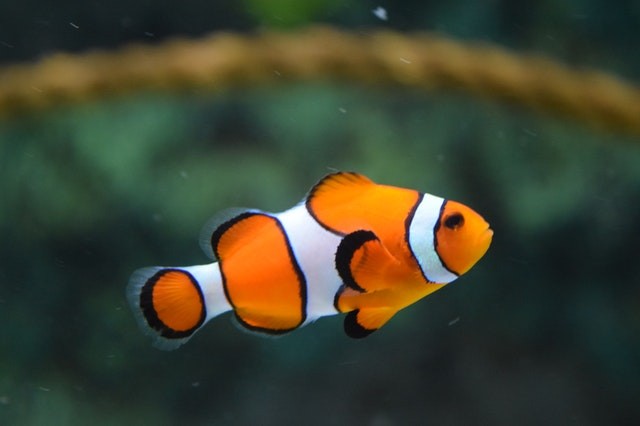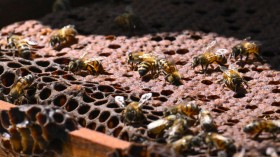Scientists at the University of Queensland have developed an ultraviolet 'television' display, fashioned to help researchers understand better how animals see the world.
So far, standard monitors on devices like televisions or computer screens have been used to show visual stimuli in animal vision studies, but none of them has been able to test ultraviolet vision, which is the ability to know wavelengths of light shorter than 400 nanometres.

Human Televisions
Dr Samuel Powell from the Queensland Brain Institute's Marshall laboratory made it known that this new technology will help uncover the secrets of sight in all sorts of animals, such as birds, fishes and insects.
Dr Powell said "Human televisions normally make use of three colours which are red, blue and green to create images, but the recently-developed displays have five, which includes violet and ultraviolet. By making use of this display, it is now viable to show animals simple shapes, to test their ability to different colours apart, or their viewpoint of motion by moving dot patterns. We fondly call it the 'UV-TV', but I doubt that anyone would want to have one in their home!"
ALSO READ: Vampire Squid Fossil Strayed During the Hungarian Revolution Found
Netflix Resolution, Not Anytime Soon
Someone would have to put on sunglasses and sunscreen while watching it, and the resolution is pretty low, so don't expect to be watching Netflix in ultraviolet anytime soon as the resolution is 8 by 12 pixels in a 4 by 5-centimetre area.
This very low view is sufficient to show dot patterns to test fish perception, in what is known as an Ishihara test, a colour perception test for colour blindness which would be known to anyone who has been tested for colour deficiencies. In this Ishihara test, humans read a number masked in a bunch of coloured dots, but as animals can not read numbers back to us, they are trained to mark the 'odd dot' by pecking, out of a field of differently coloured dots.
New Technology Will Widen Researcher's Understanding
As reported by Dr Karen Cheney from UQ's School of Biological Sciences, she said "this new technology will allow researchers to widen their understanding of animal biology."
Dr Cheney stated that there are different colour patterns in nature that are unseen to us because we cannot detect UV. For illustration, bees make use of ultraviolet patterns on flowers to locate nectar, and fish can recognise individuals using ultraviolet facial patterns. They have recently started studying the vision of anemonefish or clownfish popularly known as Nemo which have Ultraviolet-sensitive vision, unlike humans.

Ultraviolet Television
The study has already shown that the white stripes on anemonefish or clownfish also reflect UV, so we think ultraviolet colour signals may be used to identify each other and maybe taking part in signalling dominance within their social group. "Who knows what other findings we can now make about how certain animals behave, think and interact"
This new technology (ultraviolet television) according to Dr Cheney, allows them to have a better understanding of how animals see the world, thereby giving answers to significant questions about animal behaviour.
RELATED ARTICLE: Here's How Ants Walk Backward to Find Home
For more news, update about how to understand animals and similar topic don't forget to follow Nature World News!
© 2024 NatureWorldNews.com All rights reserved. Do not reproduce without permission.





